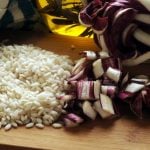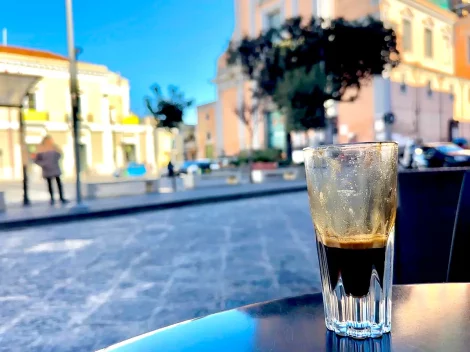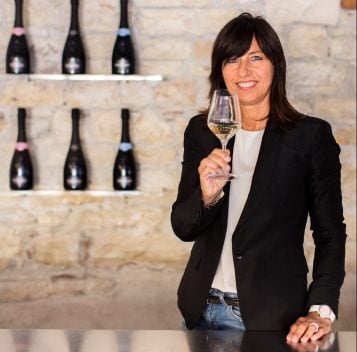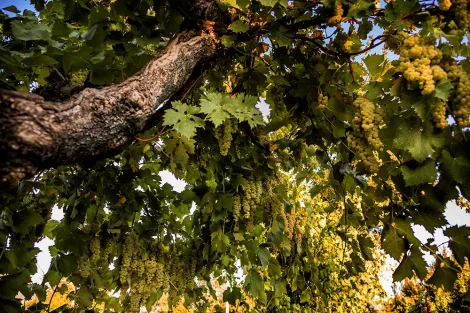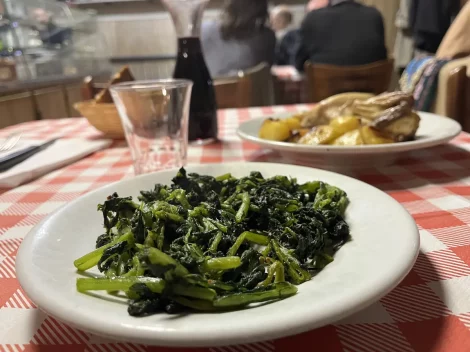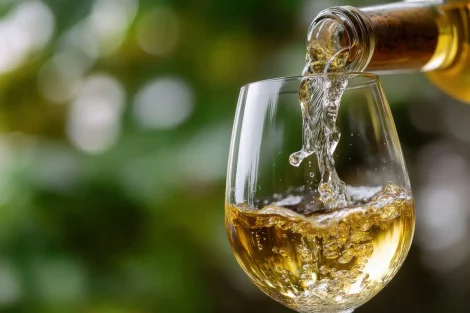by Carlotta Sanviti
Once disregarded, the half bottle of wine is now enjoying an unexpected resurgence. Until a few years ago, the availability of 375 ml bottles was extremely limited, primarily confined to sweet wines. However, a growing focus on responsible consumption and the desire for quality wine has led many Italian wineries to embrace this format. In Italy, there is also a parallel rise in the offering and consumption of wine by the glass in restaurants, which accounts for about 10% of sales, according to Luciana Sbraga, deputy director and head of the Fipe research office, as reported by Il Sole 24 Ore. The reasons behind this trend are manifold: the current economic climate has reduced overall consumption, pushing consumers to opt for smaller quantities of higher quality, and the increasing prevalence of a health-conscious lifestyle, alongside strict anti-drink-driving regulations, have promoted the adoption of smaller formats.
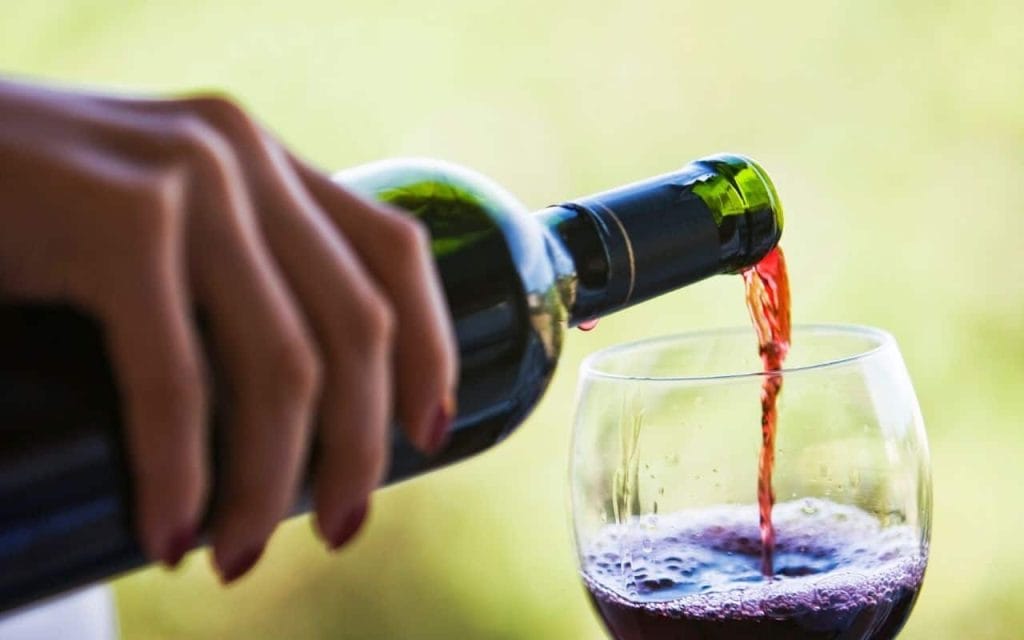
The example of foreign markets
Abroad, the use of half bottles has been established for years. In France, even the great Bordeaux wines have been bottled in smaller formats since the 1950s. In the United States, half bottles are common in fine dining restaurants, appreciated for their practicality and appeal. In Italy, however, half bottles and 500 ml formats have always struggled to gain traction, possibly due to producers' concerns about profit margins, management costs, and the risk of wine oxidation. But today, this approach, initially aimed at avoiding drink-driving penalties, is gaining more credibility, with a growing selection of premium wines often paired with tasting menus. Therefore, both the offering of wine by the glass in restaurants and the availability of 375 ml bottles favor mid-to-high range wines, including Champagnes. In France, even Grand Cru wines are available in reduced bottles, making these wines more accessible. The Prosecco DOC, Italy’s most famous charmat-method wine, is also catching onto this trend, with Sandro Botter, vice president of the Prosecco DOC Consortium, reporting a 67% increase in sales of these "small size" bottles in just four years, as noted by Il Sole 24 Ore.
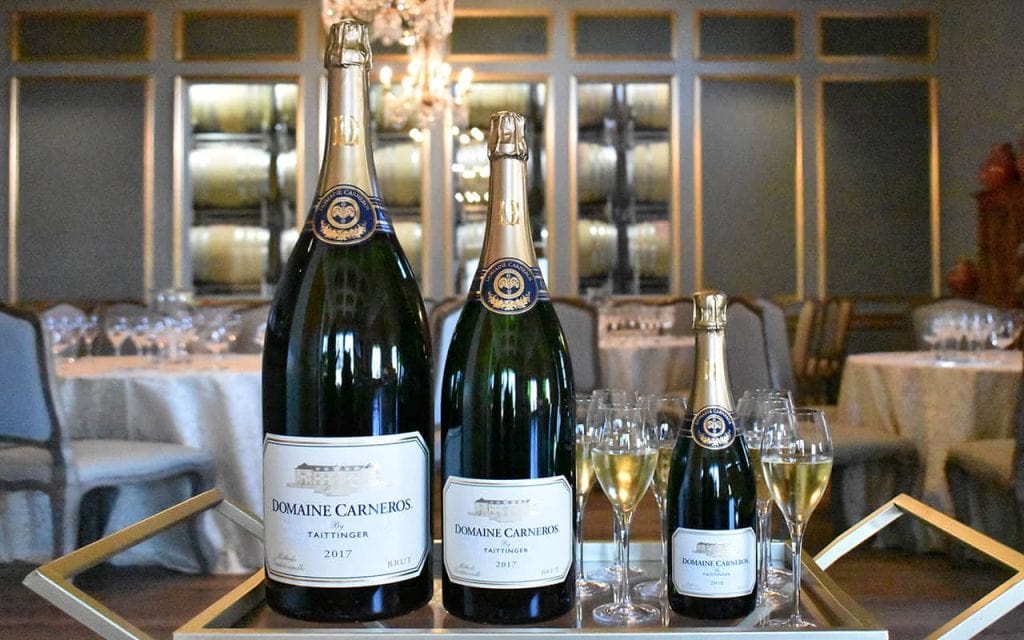
Calculating costs and educating consumers
On one hand, producing smaller bottles entails additional costs related to bottling, labeling, and materials management. On the other hand, it meets growing consumer demand, increasing sales opportunities. Producers must accurately calculate the costs to offer 500 ml or 375 ml bottles at a price that, while higher, remains credible and attractive to consumers. It is essential to educate consumers that the reduced format entails higher costs for the winery. Therefore, those who wish to benefit from this format must be willing to pay a slight premium. Simultaneously, Italian restaurants are bolstering their wine-by-the-glass offerings to meet the increased demand from a more wine-savvy and discerning clientele. Additionally, the phenomenon is largely driven by the "infidelity" of new consumers: people no longer stick to a single label, winery, or terroir, but tend to explore and seek out new bottles and brands to try.
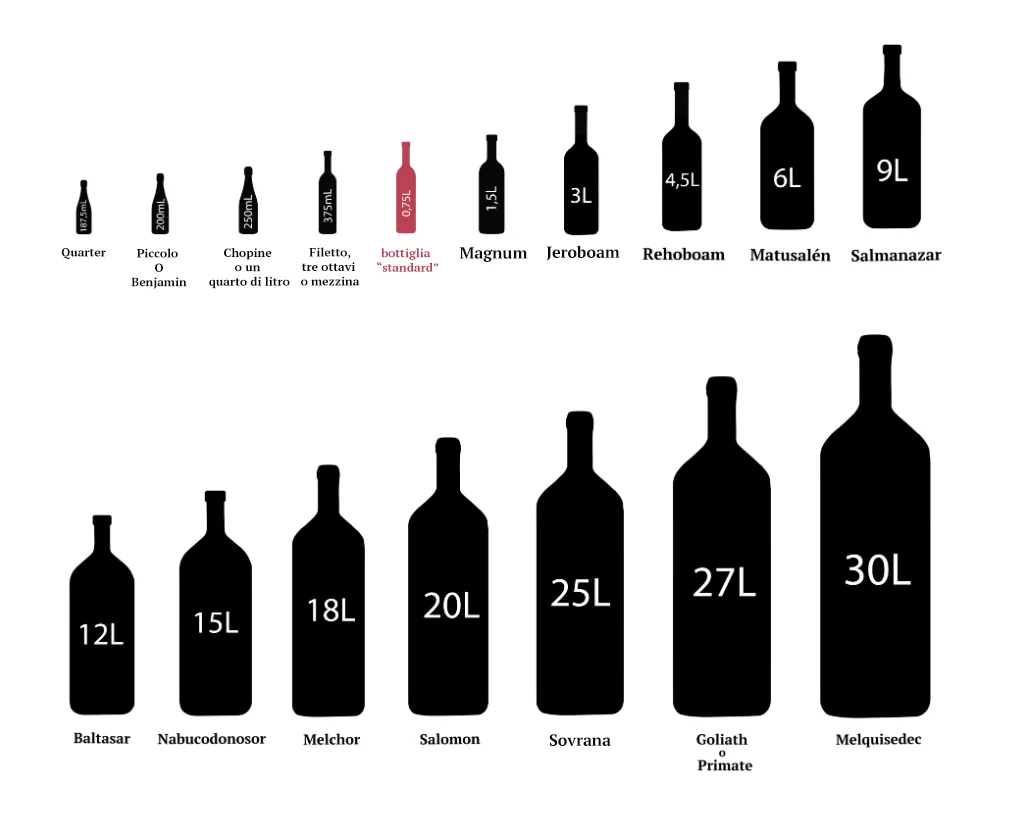
Quality in reduced formats
Another key aspect to consider is quality: wine in half bottles tends to age more rapidly. With the same type of cork, micro-oxygenation through the cork occurs faster due to the smaller quantity of liquid. Consequently, the wine has a shorter aging potential and deteriorates more easily. For this reason, this format is often used for high-quality dessert wines, which would be very expensive in standard format, consumed in small doses, and, if properly stored, have a relatively long shelf life. For other wines, the 750 ml format or, even better, the 1.5-litre magnum is preferred. Thus, Italian producers must ride this trend, optimizing their offerings and educating consumers about the value of the reduced format.

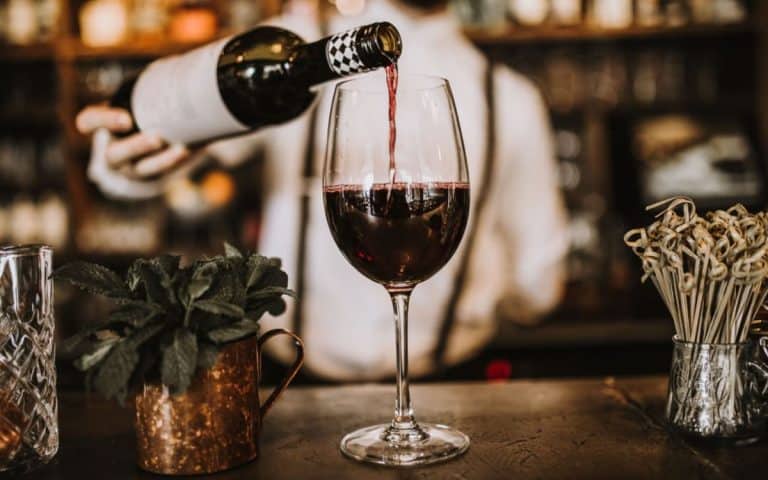
 The Consorzio Vino Chianti heads to Nigeria: 'A historic step towards opening new routes for Italian wine'
The Consorzio Vino Chianti heads to Nigeria: 'A historic step towards opening new routes for Italian wine' 'The Mercosur agreement is also good for Prosecco'
'The Mercosur agreement is also good for Prosecco'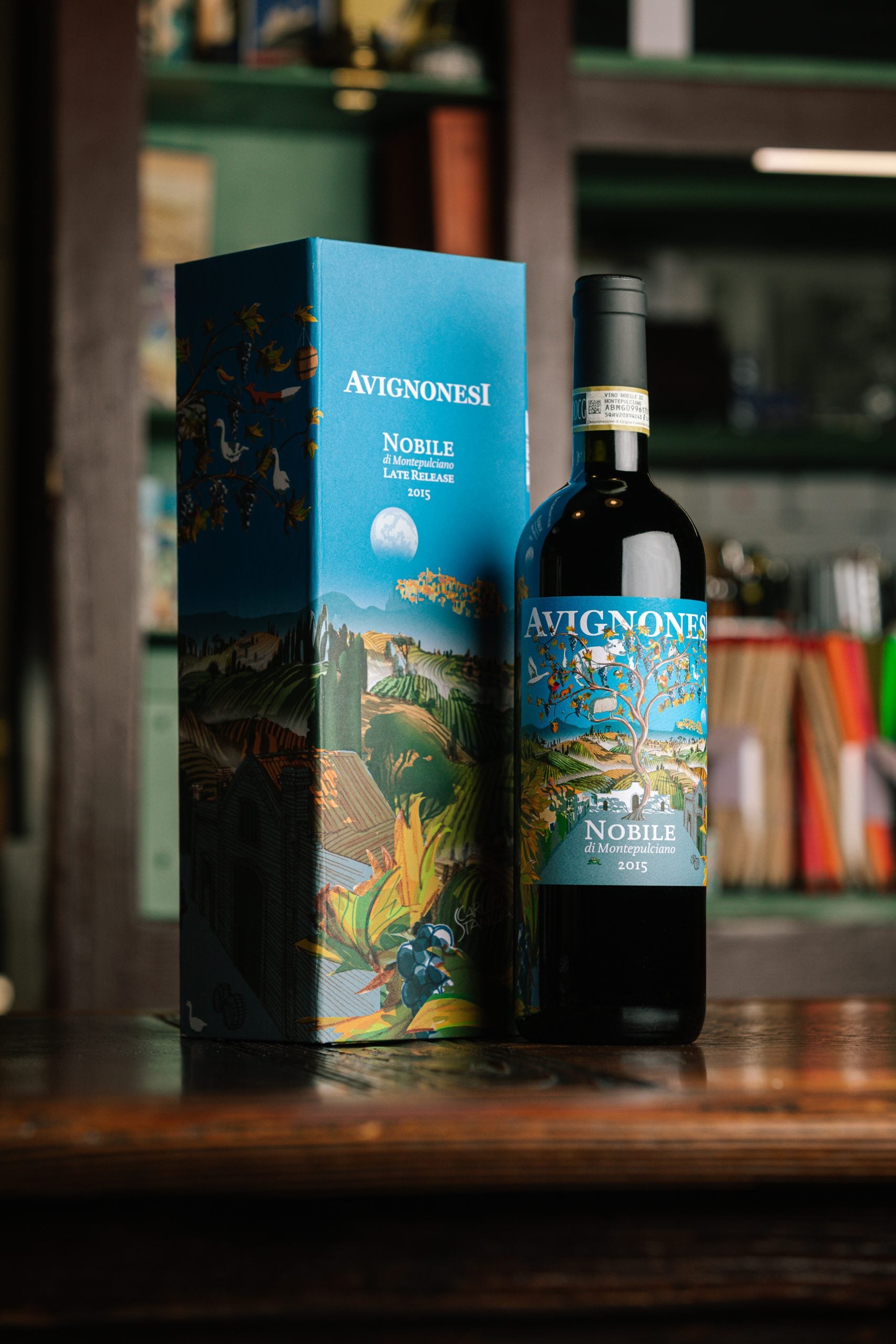 The bottle where Vino Nobile di Montepulciano meets Milanese design
The bottle where Vino Nobile di Montepulciano meets Milanese design Pinot Noir overtakes other red grapes in Oltrepò Pavese
Pinot Noir overtakes other red grapes in Oltrepò Pavese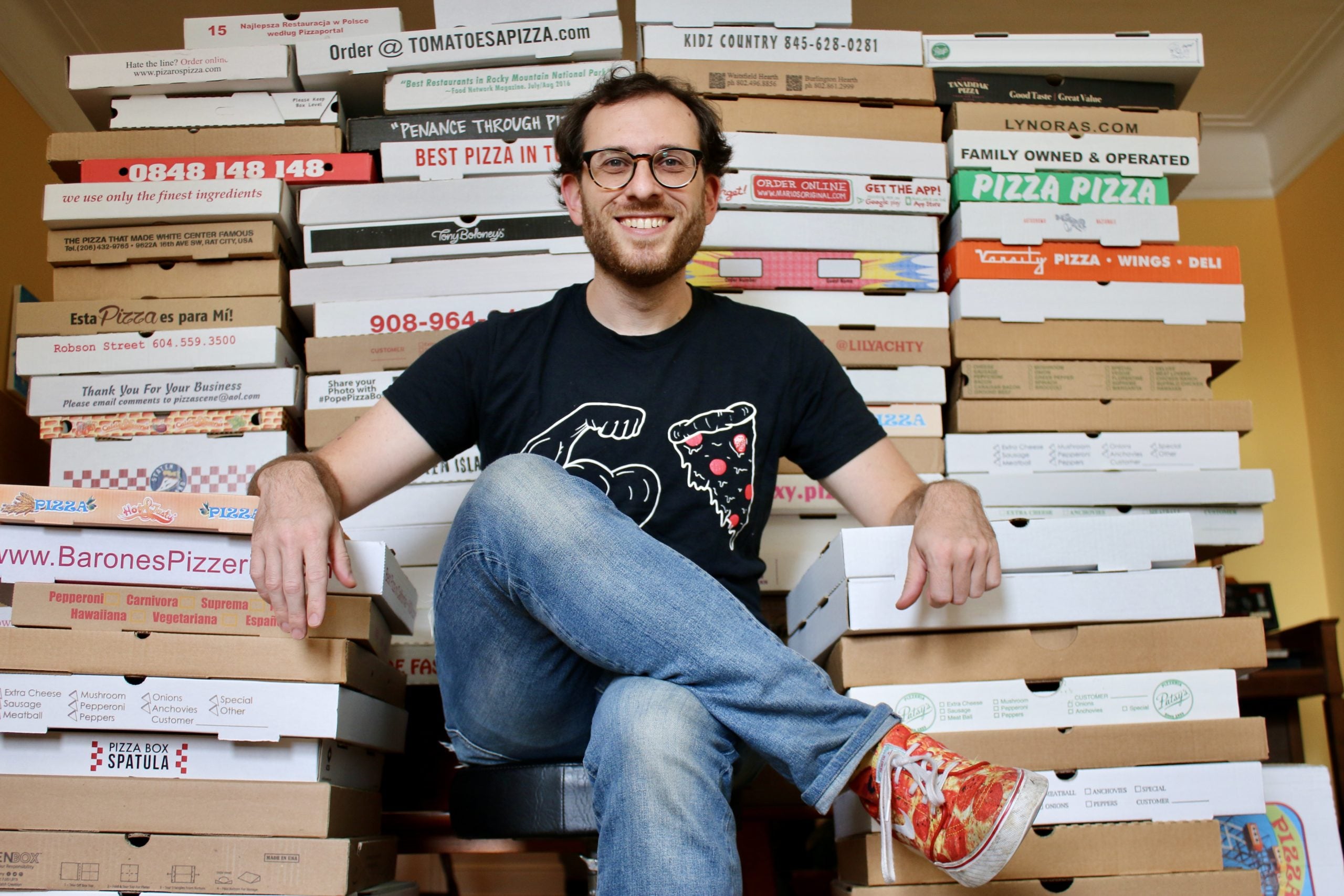 What does 2026 hold for New York pizza?
What does 2026 hold for New York pizza?